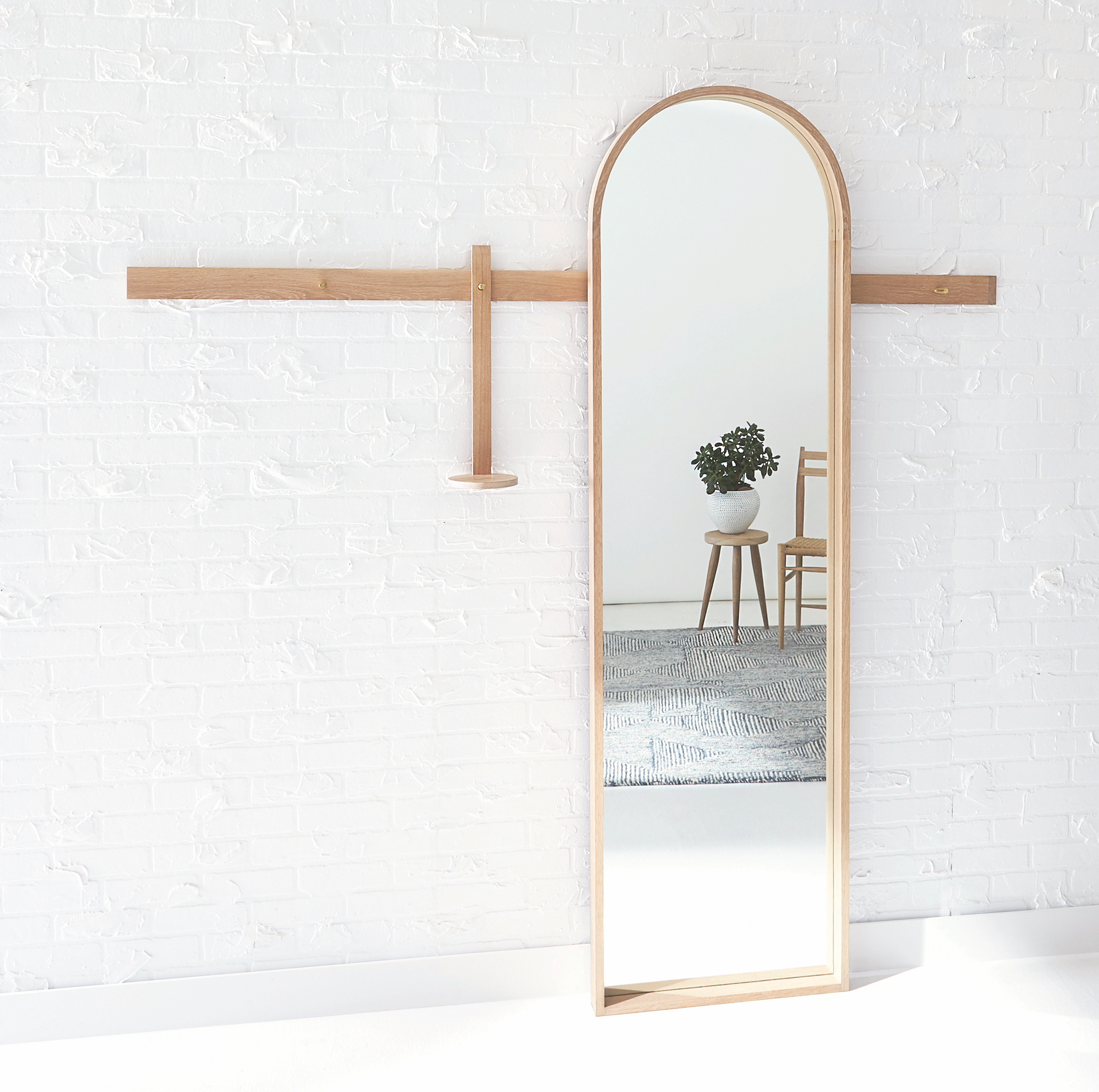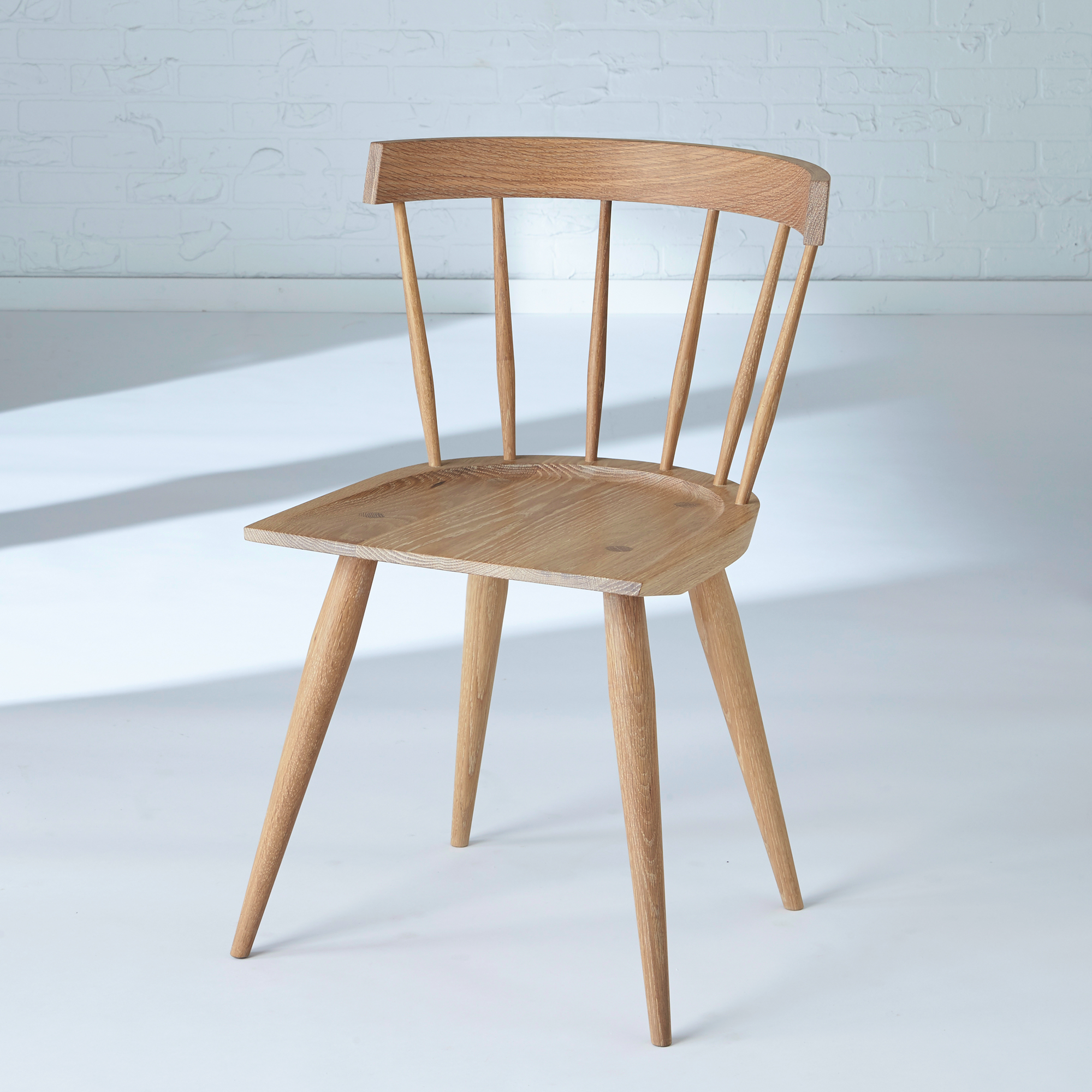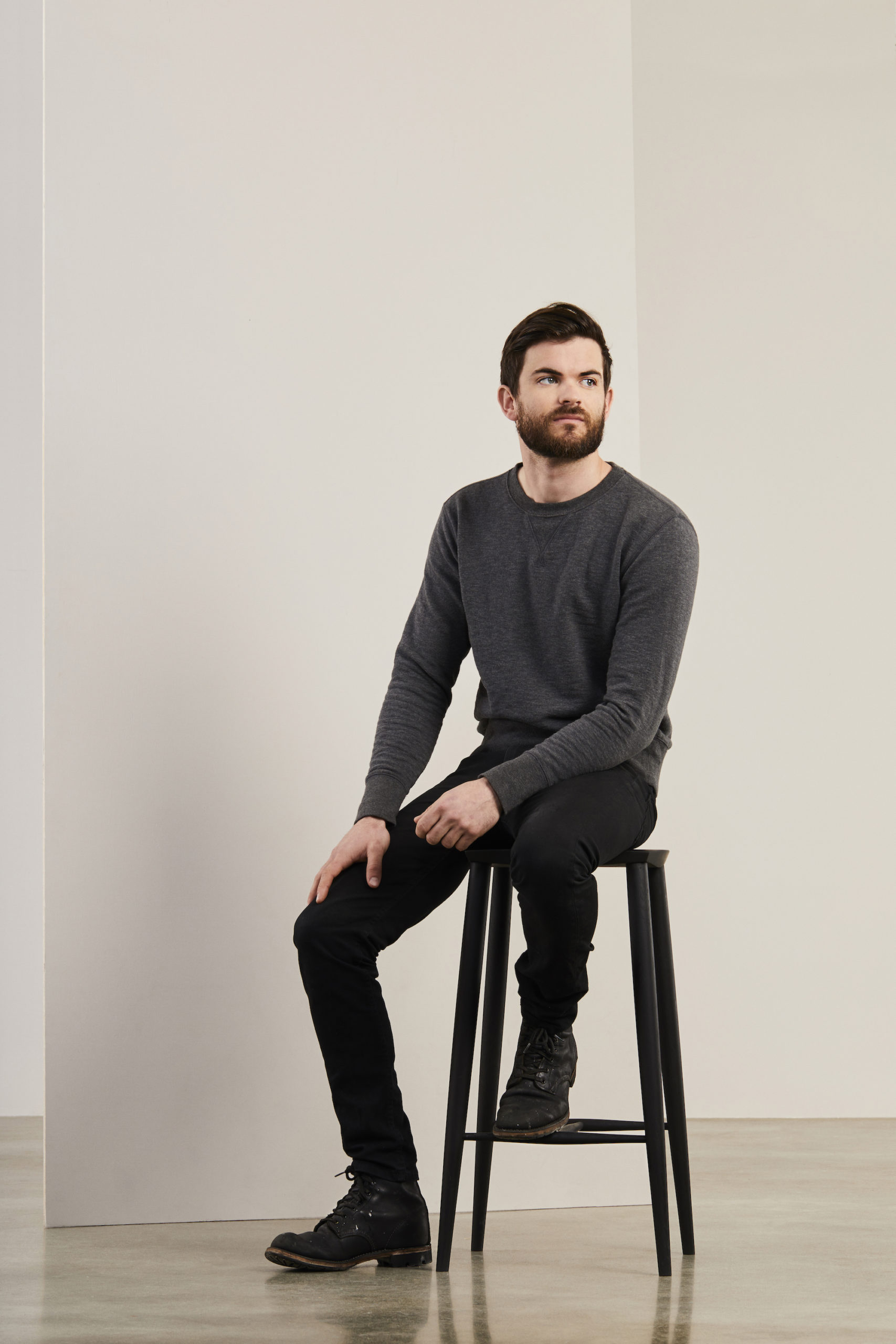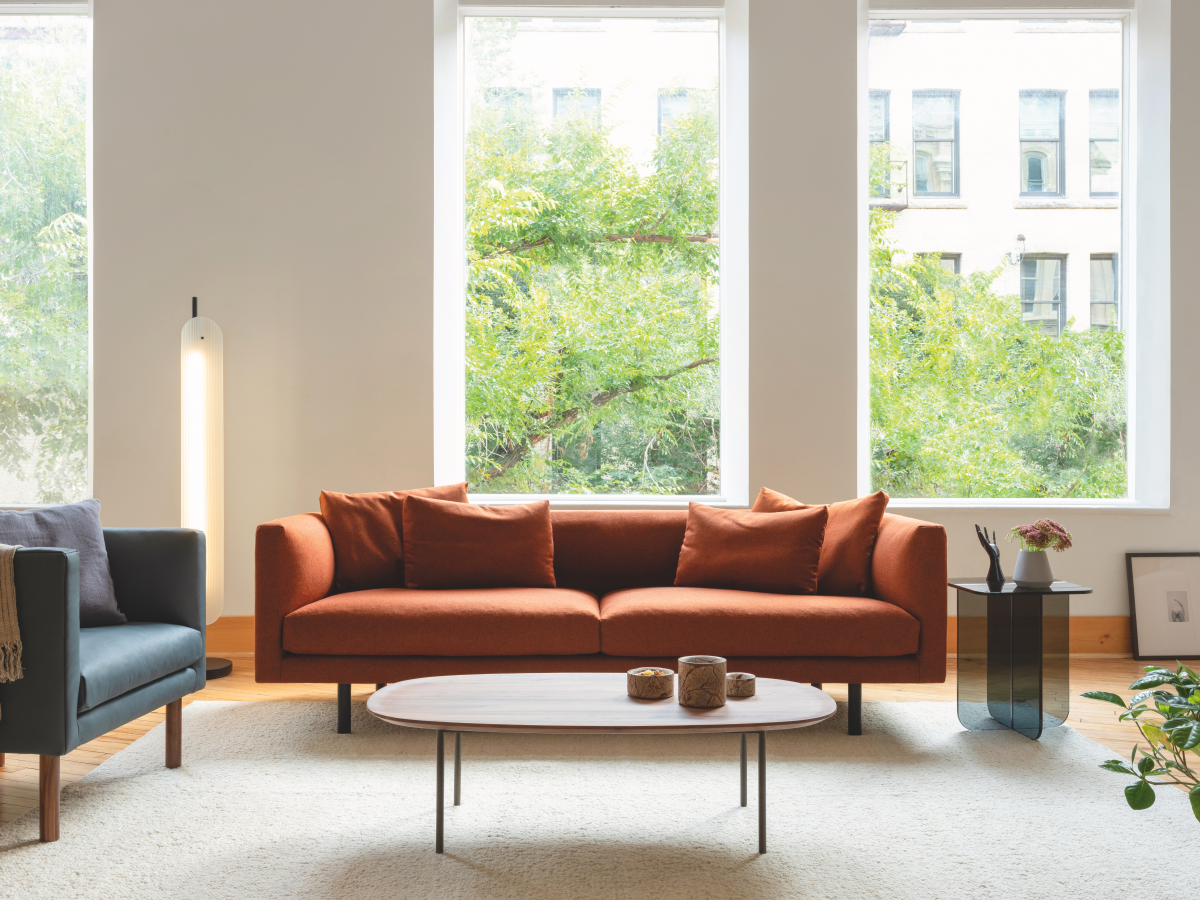We believe in supporting Canadian products. Not for the sake of it, but because our nation boasts some of the most top-notch work in the world. This issue, a furniture brand that works with homegrown wood rooted deeply in Toronto.
Photography by SATY + PRATHA
Coolican & Company., and other Toronto makers, are featured in Randi Bergman’s book Toronto Makes: The Things We Love and the People Who Make Them. Makejoy is the book’s creative director.
Peter Coolican didn’t know when he was working towards a BA in economics and geography at McGill University — procrastinating by wandering through the Architecture library reading about “the great” American furniture makers — that he would create a furniture brand that would be described as an “homage to tradition.” But it could have been predicted: Coolican’s childhood was studded with antiques, his parents immersed in him a passion and appreciation for good design.
It all started with Coolican creating one-off pieces on his own. He soon became frustrated by the dearth of clients interested in his bespoke work, finding himself following someone else’s blueprint. He was creating pieces in styles he wasn’t passionate about and to meager earnings. So he started crafting for himself. What is now The Palmerston Stool was one such speculative piece. According to him, this small batch approach allowed him to lay the foundations for what is now Coolican & Company.
If the names of the pieces sound familiar, it’s because they are. Each piece at Coolican & Company is named after a Toronto street, scouted so that the street’s personality complements the piece. Coolican has created a brand that is deeply rooted in the province.


Coolican has learned over the years that Ontario has very fertile soil that produces beautiful wood. He is putting this knowledge to practical use. “Ontario is a leader in sustainable forestry management, harvesting only a fifth of one percent of our forests and planting three trees for every one removed,” Coolican said. When they use Ontario wood, Coolican & Company reduces the distance the materials have to travel all while supporting an industry.
Another factor to consider during the weekly meetings is whether a piece will last. “If you are going to pull those resources from the ground, why not make sure that they will be valued for both their form and function for a long time,” he says.


Coolican is optimistic about the future of his company— it’s been growing steadily over the past five years, and now they have begun to create pieces for the commercial and hospitality market. Rooted as firmly in Ontario as Coolican & Company is, Peter Coolican and his team have a fruitful path ahead of them.









